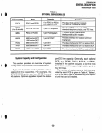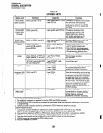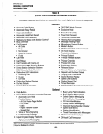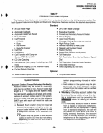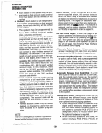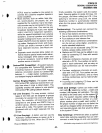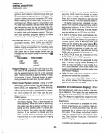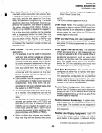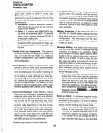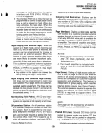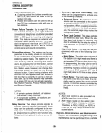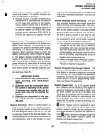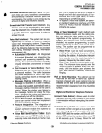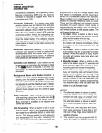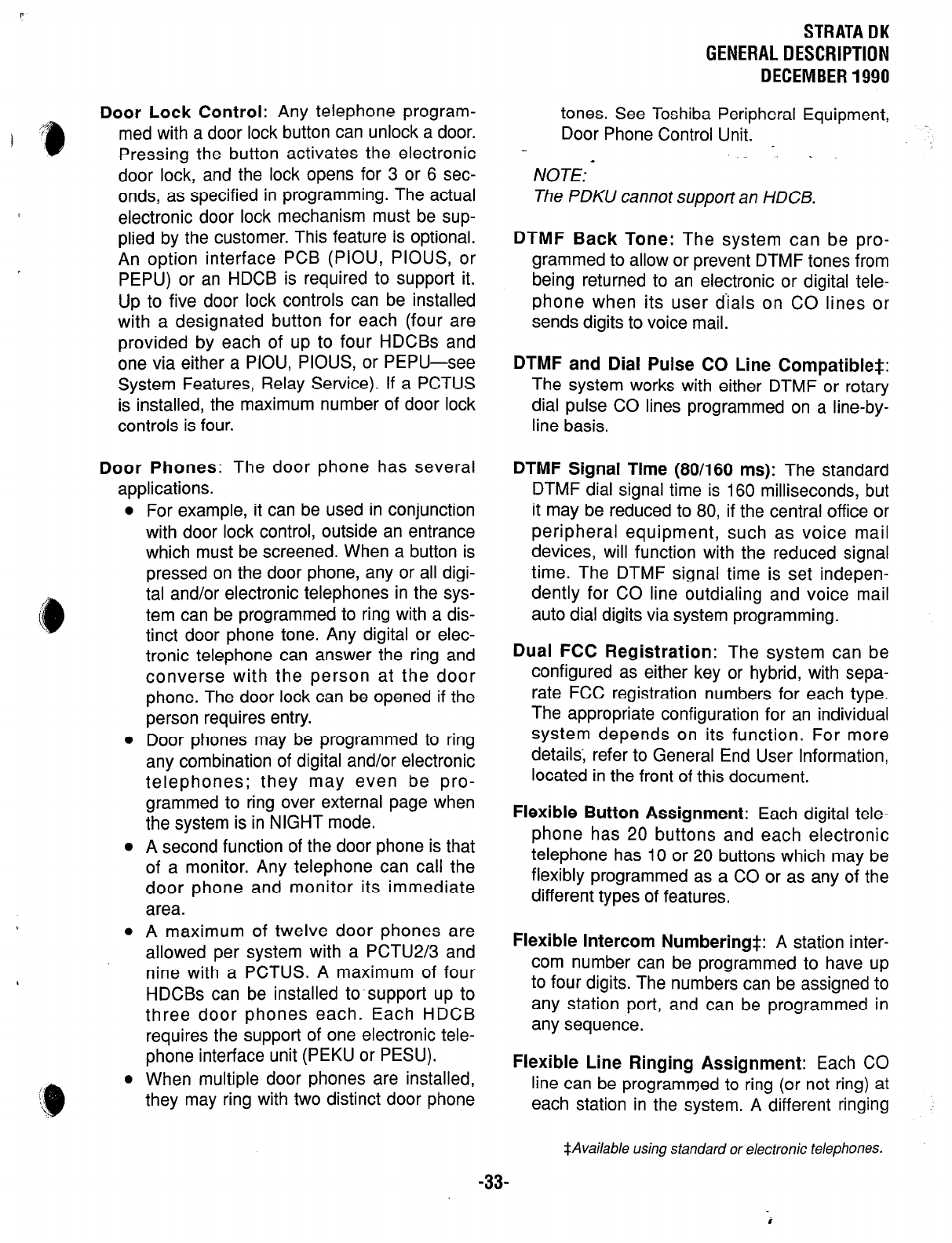
Door Lock Control: Any telephone program-
med with a door lock button can unlock a door.
Pressing the button activates the electronic
door lock, and the lock opens for 3 or 6 sec-
onds, as specified in programming. The actual
electronic door lock mechanism must be sup-
plied by the customer. This feature is optional.
An option interface PCB (PIOU, PIOUS, or
PEPU) or an HDCB is required to support it.
Up to five door lock controls can be installed
with a designated button for each (four are
provided by each of up to four HDCBs and
one via either a PIOU, PIOUS, or PEPU-see
System Features, Relay Service). If a PCTUS
is installed, the maximum number of door lock
controls is four.
Door Phones: The door phone has several
applications.
0
0
For example, it can be used in conjunction
with door lock control, outside an entrance
which must be screened. When a button is
pressed on the door phone, any or all digi-
tal and/or electronic telephones in the sys-
tem can be programmed to ring with a dis-
tinct door phone tone. Any digital or elec-
tronic telephone can answer the ring and
converse with the person at the door
phone. The door lock can be opened if the
person requires entry.
Door phones may be programmed to ring
any combination of digital and/or electronic
telephones; they may even be pro-
grammed to ring over external page when
the system is in NIGHT mode.
A second function of the door phone is that
of a monitor. Any telephone can call the
door phone and monitor its immediate
area.
A maximum of twelve door phones are
allowed per system with a PCTU2/3 and
nine with a PCTUS. A maximum of four
HDCBs can be installed to.support up to
three door phones each. Each HDCB
requires the support of one electronic tele-
phone interface unit (PEKU or PESU).
When multiple door phones are installed,
they may ring with two distinct door phone
STRATA DK
GENERAL DESCRIPTION
DECEMBER 1990
tones. See Toshiba Peripheral Equipment,
Door Phone Control Unit.
_
NOTE: *
The PDKU cannot support an HDCB.
DTMF Back Tone: The system can be pro-
grammed to allow or prevent DTMF tones from
being returned to an electronic or digital tele-
phone when its user dials on CO lines or
sends digits to voice mail.
DTMF and Dial Pulse CO Line Compatible*:
The system works with either DTMF or rotary
dial pulse CO lines programmed on a line-by-
line basis.
DTMF Signal Time (801160 ms): The standard
DTMF dial signal time is 160 milliseconds, but
it may be reduced to 80, if the central office or
peripheral equipment, such as voice mail
devices, will function with the reduced signal
time. The DTMF signal time is set indepen-
dently for CO line outdialing and voice mail
auto dial digits via system programming.
Dual FCC Registration: The system can be
configured as either key or hybrid, with sepa-
rate FCC registration numbers for each type.
The appropriate configuration for an individual
system depends on its function. For more
details; refer to General End User Information,
located in the front of this document.
Flexible Button Assignment: Each digital tele-
phone has 20 buttons and each electronic
telephone has 10 or 20 buttons which may be
flexibly programmed as a CO or as any of the
different types of features.
Flexible Intercom Numbering*: A station inter-
com number can be programmed to have up
to four digits. The numbers can be assigned to
any station port, and can be programmed in
any sequence.
Flexible Line Ringing Assignment: Each CO
line can be programmed to ring (or not ring) at
each station in the system. A different ringing
*Available using standard or electronic telephones.
-33-



